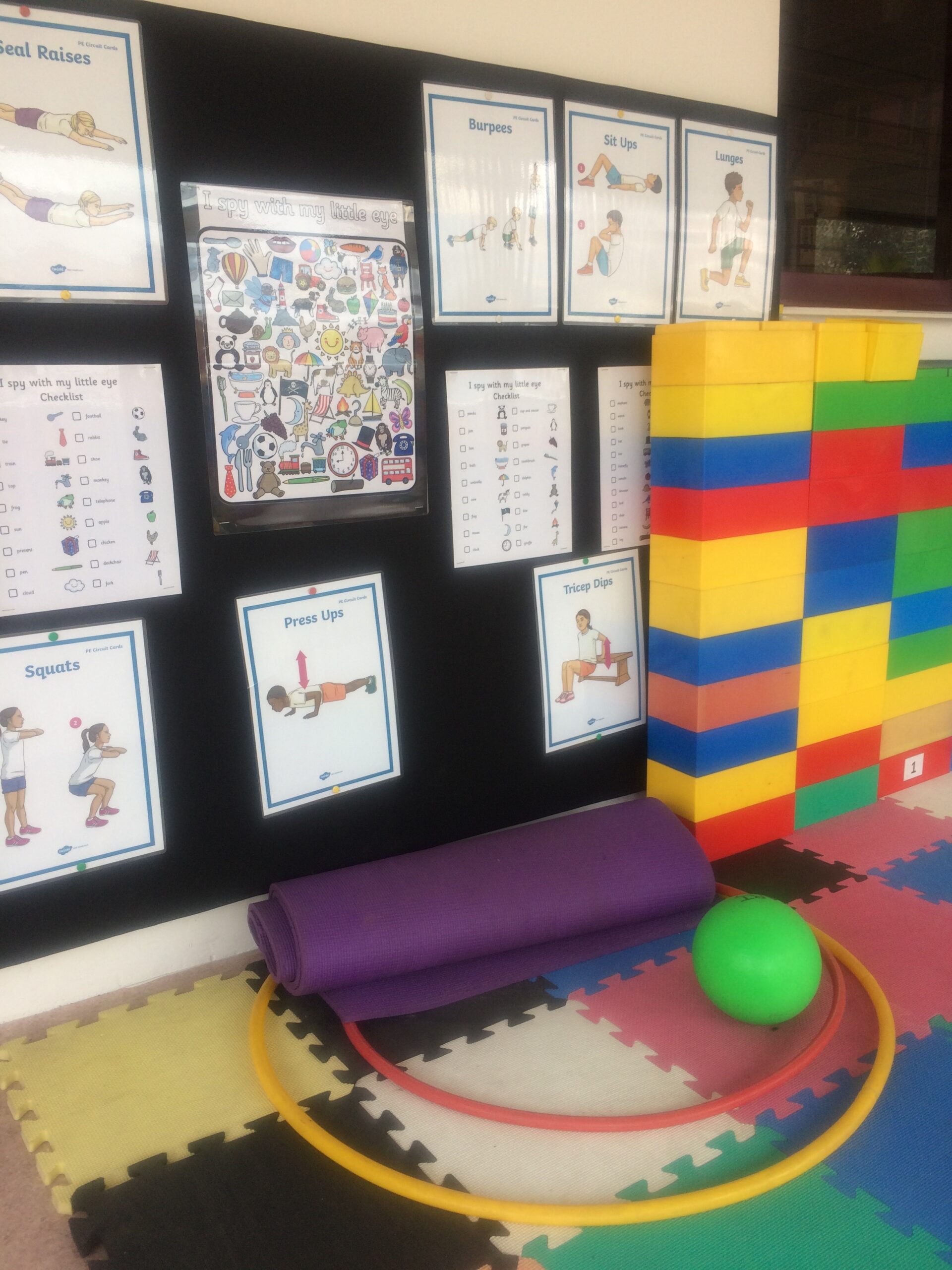SENSORY PLAY in Primary
It has been almost one year of learning online. Children are born to move, play, talk and explore. These activities are critical to brain development especially in young children. The brain requires stimulation to grow.
If children are deprived of movement, interactions, and touch this reduces the amount of neural input, which slows the building of brain connections. These connections organize brain systems to be efficient and work together for complex tasks that streamline learning.
Children either born with less neural connections or experience reduced stimulation such as during a lockdown, lose the building time and may find they have more problems organizing thoughts, socializing, planning, managing themselves, regulating emotions, coordinating between eyes and hands, being easily distracted, finding it more difficult to sit still or concentrating for longer periods of time.
There has been considerable research on sensory integration systems as children spend less and less time outdoors, climbing, jumping, balancing, pulling, pushing and twirling. Children who complete 40 hours of intensive sensory integration activities see healthy changes in managing attention for example. Schools are becoming more aware of the benefits and make sure to implement activities with play dough, yoga, sensory paths done barefoot, and bins of balls, seeds, and beads.
At ISD we have been mindful of these developmental needs and have created sensory paths, wall charts, a program for all early years children and a lunch time sensory CCP. In our current online situation we encourage children to stand up and move about between lessons and during lesson blocks. We try to do some of these activities even in assembly. A big thank you to all parents who have been making your rooftops available so the children can bike and scooter around, use climbing equipment, jump ropes, hoola hoops, and have LEGO blocks available for your children.
It is important at this time to add even more neural stimulation through our bodies. The following activities are suggested: Swings, mini trampoline, pulling and pushing a heavy bag on the floor, jumping off the bed onto cushions or mats, tug-of-war with a rope or blanket, a floor scooter to lay on, rolling, tumbling, forward trolls, backward rolls, hanging from a bar, twirling on a chair, laying on a yoga ball, hold a plank for 10 seconds and increase, frog hops, sitting chair pulls and pushes. Calming activities include blowing bubbles, blowing up balloons, pulling strong elastic bands, hard putty, slime and playdough, sand box, blowing water bubbles with a straw, lying with a heavy blanket or roll a ball on the child’s back. Have fun developing your children’s brains to their full potential through sensory activities!
Primary Counseling and Advancement Centre
Vivian Huizenga & Ann White







